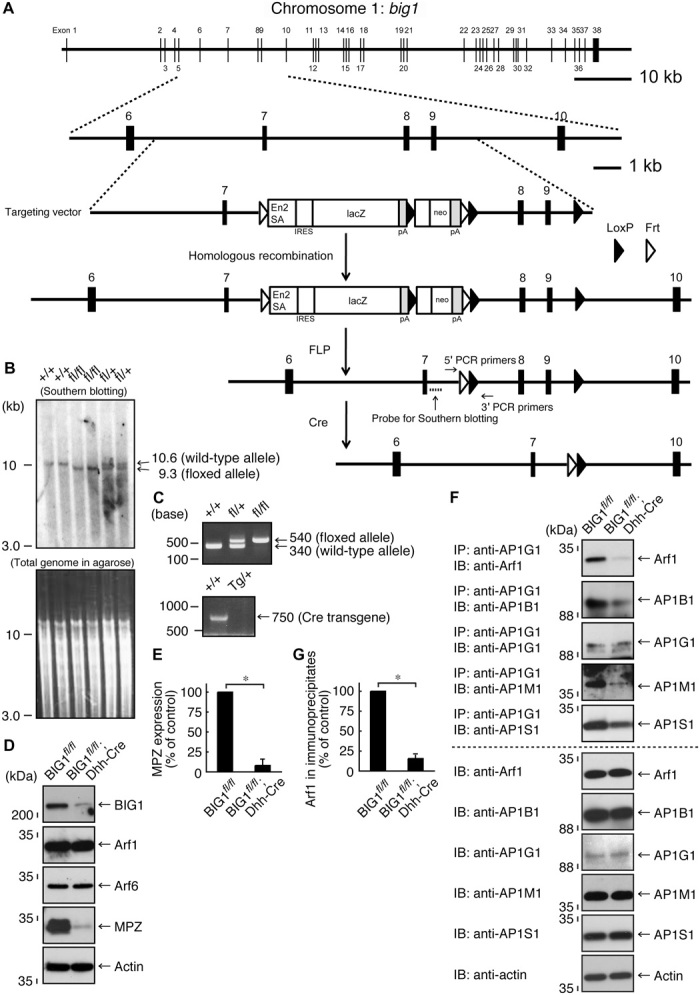Fig. 1. Dhh-Cre–mediated BIG1 knockout mice are generated, exhibiting a decreased amount of Arf1 in AP1 adaptor protein subunits and a decreased MPZ expression.

(A) Schwann cell–specific (in this case, Dhh promoter–controlled) Cre recombinase transgenic mice were used for deletion of the loxP-flanked exons of the big1 gene. The knockout cassette, as well as the primer and probe positions, is shown. (B) The loxP-flanked exons, which were digested by Spe I and Sac I, were confirmed with Southern blotting using a specific probe. (C) Genetically modified mice (floxed and Cre mice) were identified with the tail’s genomic PCR using the respective, specific primers. (D and E) Sciatic nerve tissue lysates of conditional knockout (BIG1fl/fl; Dhh-Cre) mice and their littermate controls were used for immunoblotting with the respective antibodies for BIG1, Arf1, Arf6, MPZ, and control actin. MPZ expression levels are statistically shown (*P < 0.01; n = 3 blots). (F and G) Tissue lysates were used for immunoblotting with the respective antibodies for Arf1, AP1B1, AP1G1, AP1M1, and AP1S1, following immunoprecipitation with an anti-AP1G1 antibody. Total proteins and Arf1 co-immunoprecipitation’s statistical data (*P < 0.01; n = 3 blots) are also shown.
